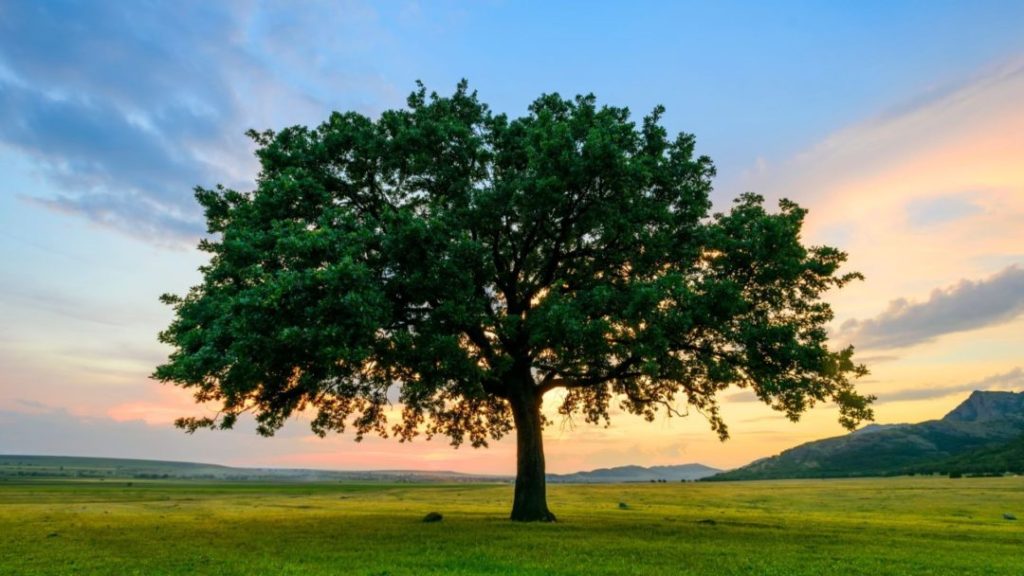Table of Contents
TREES AND ART
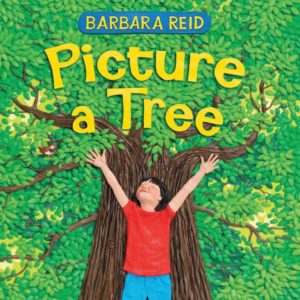 |
Barbara Reid’s Picture a Tree (Albert Whitman & Company, 2013) points out that “There is more than one way to picture a tree” – as a “sun umbrella” or a high-rise apartment for birds and animals; as a baby, a teenager, or a grandfather; as a “wild good-bye party” as its brilliantly colored leaves blow away in the wind in fall. Wonderful creative illustrations modeled in Plasticine. For ages 4-7. |
| Creating Picture a Tree is a YouTube video showing how Reid’s Plasticine illustrations are put together. | |
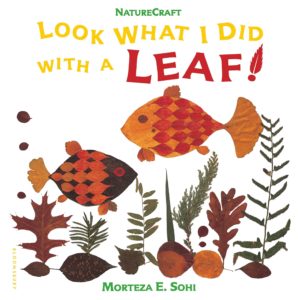 |
By Morteza E. Sohi, Look What I Did with a Leaf! (Walker Children’s Books, 1995) has great suggestions for making collage animals – butterflies, fish, peacocks, cows – with leaves. Included are instructions, a simple identification guide, and an account of the life cycle of a leaf. For ages 4-8. |
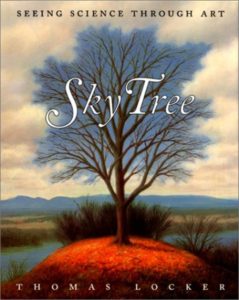 |
Thomas Locker and Candace Christiansen’s Sky Tree: Seeing Science Through Art (HarperCollins, 2001) traces a single tree through the seasons of the year, pairing Locker’s gorgeous oil paintings with a brief descriptive text. For ages 5-8. |
 |
From Steve Spangler Science, find out How To Make a Newspaper Tree. You’ll need newspaper, scissors, tape, and a cardboard tube. |
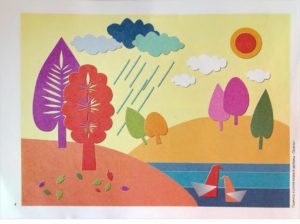 |
See Kirigami: The Ancient Art of Paper Cutting for a lesson in how to make a stylized kirigami tree.
Also from WikiHow, see how to make a cool paper 3-D tree. |
 |
From the Incredible @rt Department, Emily Carr Trees is an art project in which participants make watercolor paintings based on the tree landscapes of Canadian artist Emily Carr.
Also see Emily Carr Art Lessons from Deep Space Sparkle. |
| Trees in Nature and Art is an interactive online lesson plan in which kids (in grades 5-8) explore the use of trees in the arts, learn about the science of forestry, collect leaves, create leaf-based art, and write tree poems. | |
| On Pinterest, see this particularly gorgeous collection of Tree Art Lesson Ideas. | |
| From Busy Bee, Tree Crafts for Kids include an Autumn Tree Collage, a flip-book-style seasonal Changing Tree, a Falling Leaves project (the leaves really fall), a Japanese Cherry Tree picture, Tie-Dyed Leaves, and more. | |
| From First Palette, Making Plants and Trees for a Diorama has step-by-step instructions for making great plants, flowers, and trees from paper, crepe paper, and craft foam. | |
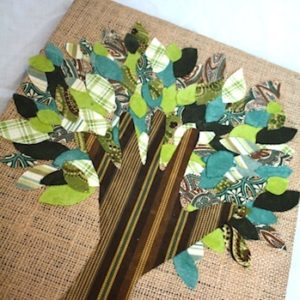 |
The Crafty Crow’s Trees! has an assortment of great tree crafts, including 3-D paper trees and a mod podged hand tree. |
| Tree Activities for Kids is a long list including science explorations, craft projects, paintings, and learning and book-related activities. | |
| From DLTK’s Crafts, Famous Art Work: Tree Themes has images of works by famous artists such as Vincent Van Gogh, Georgia O’Keeffe, and Gustav Klimt, and coloring pages and art projects based on their trees. | |
| Make Recycled Paper Trees. | |
| These Fall Tree Crafts for Kids include a Fingerprint Fall Tree, Marshmallow Stamped Apple Trees, and Button Branches. |
TREE HOUSES
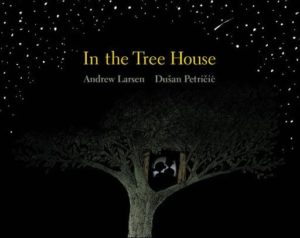 |
Andrew Larsen’s In the Tree House (Kids Can Press, 2013) is a story of two brothers, a tree house, and growing up. Narrated by the younger boy, the book describes how the family moved to a new house with a very tall tree, made plans for a spectacular tree house, and finally built one – and there the kids had great times. Then the older brother stopped visiting the tree house, preferring to hang out with new friends – until one night there’s a power outage. Together again, the boys have one more happy night in the tree house. A sweet and nostalgic story for ages 5-8. |
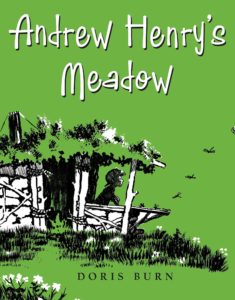 |
In Doris Burn’s Andrew Henry’s Meadow (Philomel, 2012), originally published in 1965, Andrew Henry’s inventions wreak so much havoc at home that, feeling unwanted and unloved, he sets off in search of a place of his own. He finds a sequestered meadow where he builds himself a wonderful little house. Soon other kids show up and he builds houses for them too, all peculiarly suited to their hobbies – Alice, a bird-lover, for example, gets a fabulous tree house surrounded by birdbaths and feeders, with a balcony just for bird-watching. Eventually the kids’ parents miss them and come to find them – and finally Andrew Henry, now appreciated, is given his own basement workshop at home. For ages 5-9. |
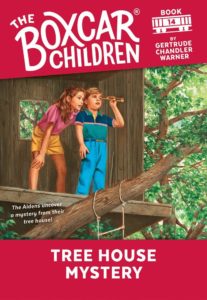 |
In Gertrude Chandler Warner’s Tree House Mystery (Albert Whitman & Company, 1990), 14th in the Boxcar Children series, the four children acquire a tree house and a spyglass, and discover a mysterious secret room in the house next door. For ages 7-10. |
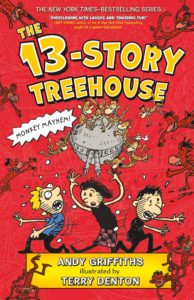 |
In Andy Griffiths’s The 13-Story Treehouse (Feiwel and Friends, 2013), Andy and Terry live in the world’s most spectacular tree house – 13 stories of it, complete with bowling alley, shark tank, theatre, secret underground laboratory, and marshmallow machine. Zany adventures, lots of humor, and cartoon illustrations. Several sequels in which the treehouse gets ever bigger. For ages 7-10. |
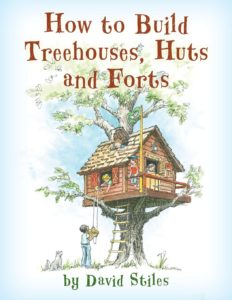 |
David Stiles’s How to Build Treehouses, Huts and Forts (Lyons Press, 2003) provides detailed instructions for building an exciting range of kid-friendly structures, among them treehouses, a lookout tower, and (got snow?) an igloo. |
